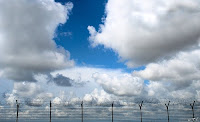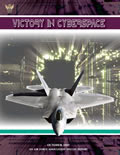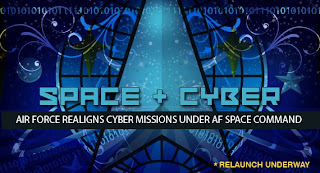Craig Balding Podcast on Cloud Security

I noticed Craig Balding's post Podcast: Cloud Computing, Software Development, Testing and Security , so I just listened to all three segments. Readers of this blog may choose to concentrate on the third segment, Cloud computing's effect on application security . Craig is a thought leader on cloud security so I enjoy hearing his ideas. Richard Bejtlich is teaching new classes in DC and Europe in 2009. Register by 1 Jan and 1 Feb, respectively, for the best rates.




















